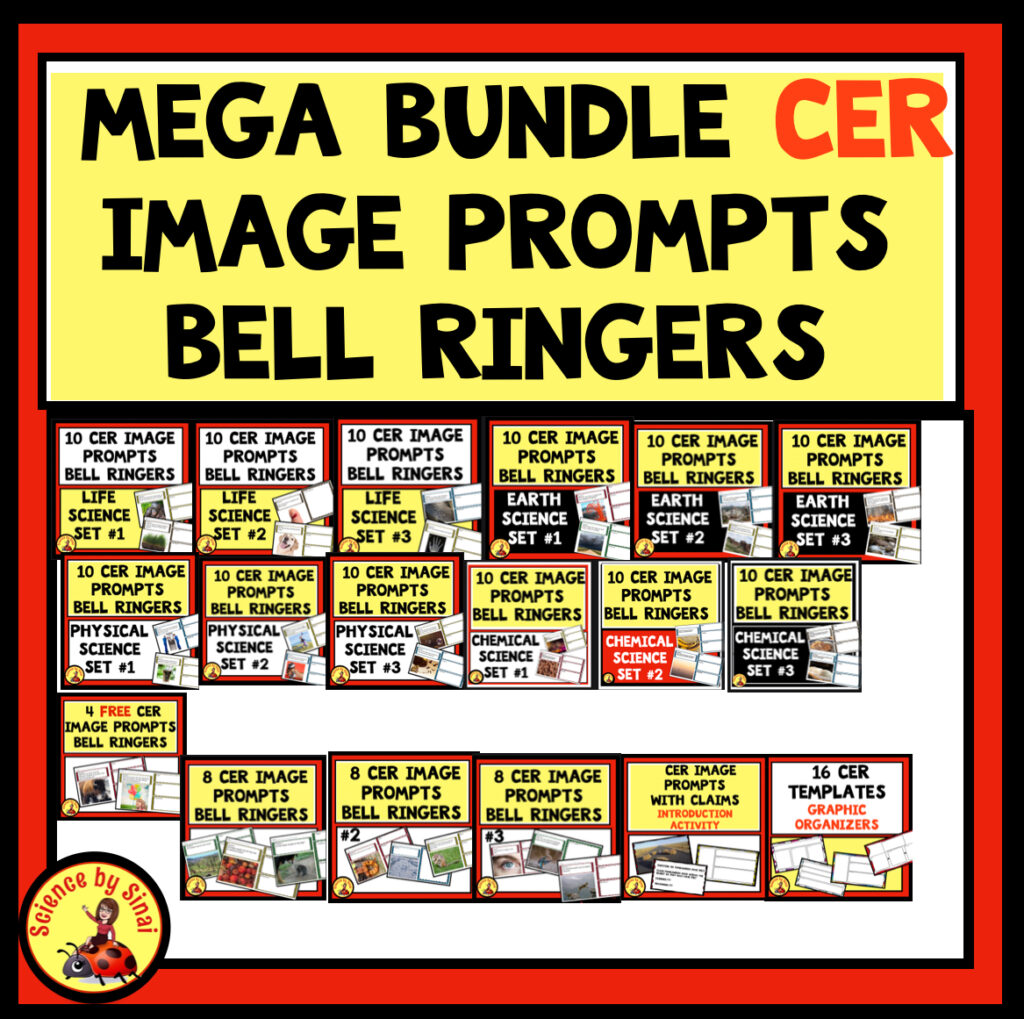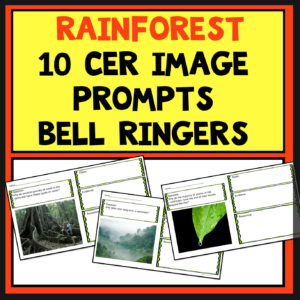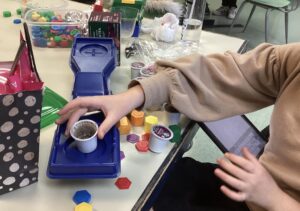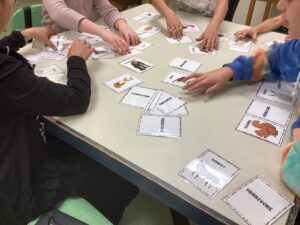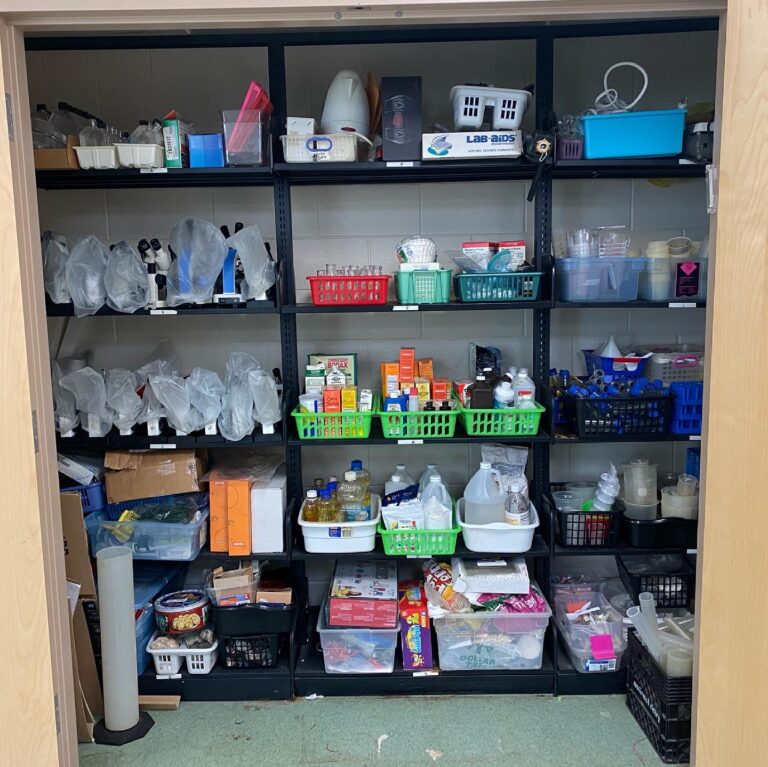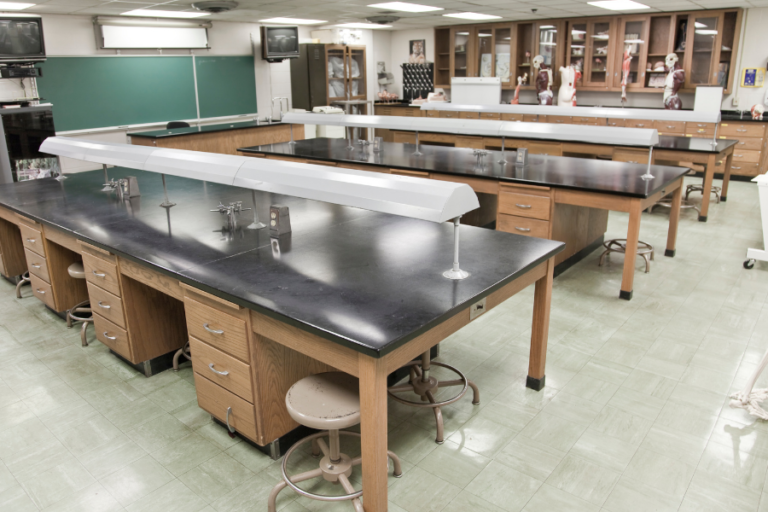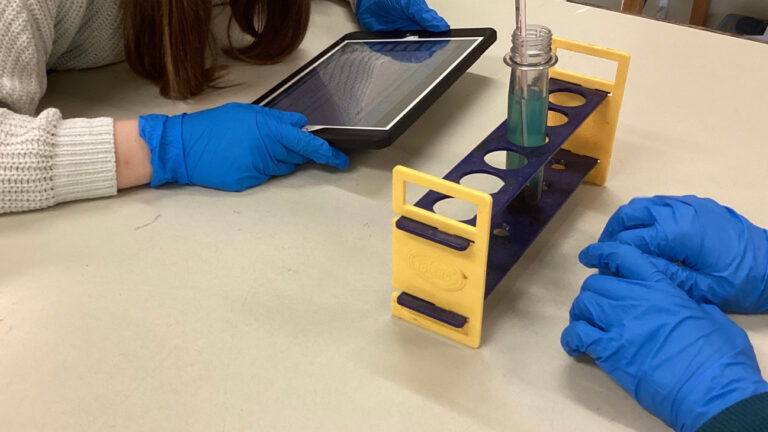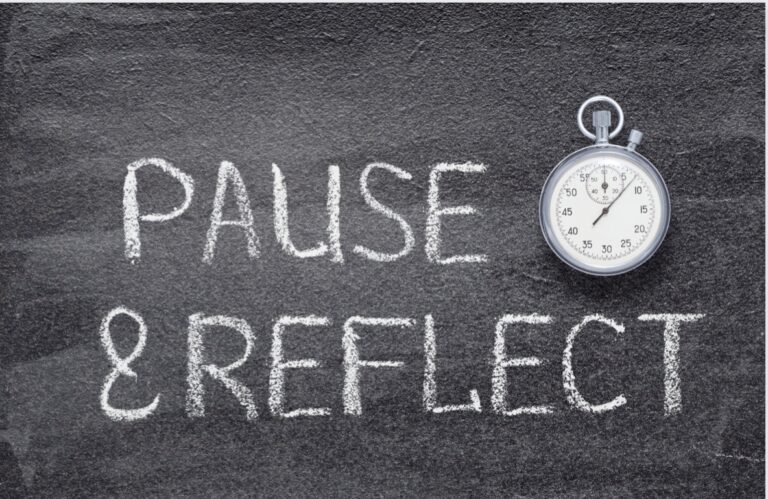Using CER Science Image Prompts as Bell Ringers
Have you been wanting to incorporate CER science activities into your curriculum but you aren’t sure where to begin?
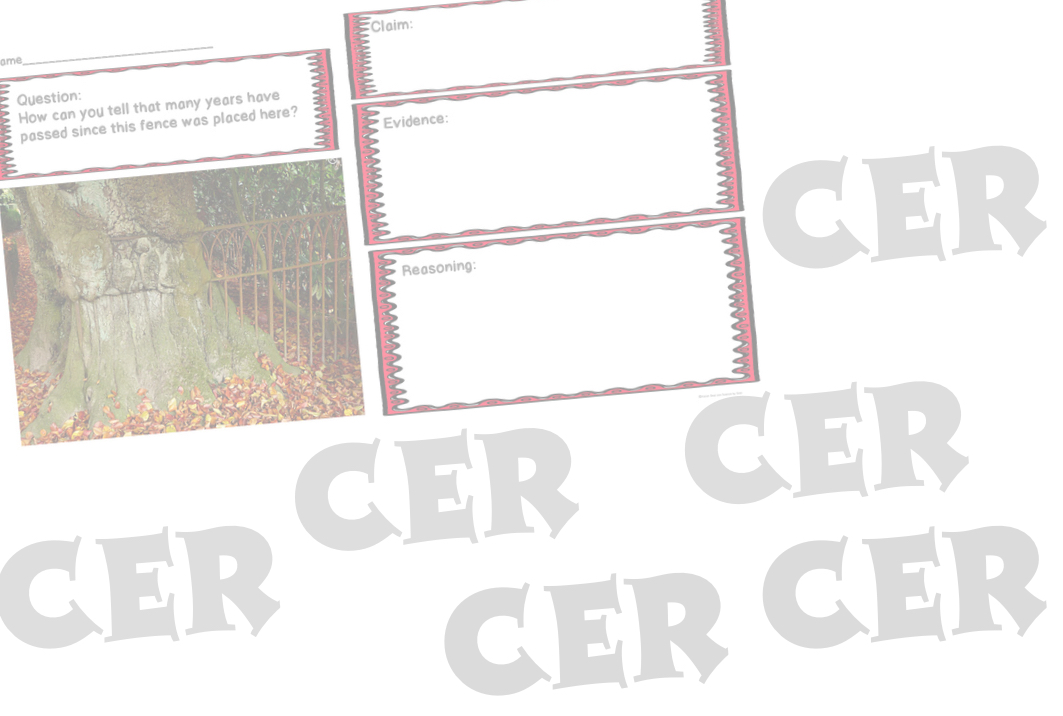
Using CER Science Image Prompts as Bell Ringers
Updated September 7, 2023
Using CER science image prompts, as bell ringers, has become indispensable in my classroom to spark curiosity and kick start critical thinking. I use an assortment of life, physical and earth science CER image prompts that are now in my Teachers pay Teachers store.
What is CER?
CER is a great way to dissect an image, a reading passage, or a lab in a way that complements the scientific method, but does not replace it. I discuss using CER in another blog post called Boost Your Student’s Critical Thinking With CER in Science Class. I talked about how I introduce it to the students with clever TV commercials.
Teaching CER can be a bit unwieldy for the students at first, so they need to practice a lot. The bottom line is that you want students to form an educated guess, which we call a claim, and then you want them to either gather evidence from their previous experience or actually use resources to try to prove the claim. As their knowledge increases by using research, they then pull together the reasoning section of CER. This involves students explaining WHY and HOW the evidence supports their initial claim.
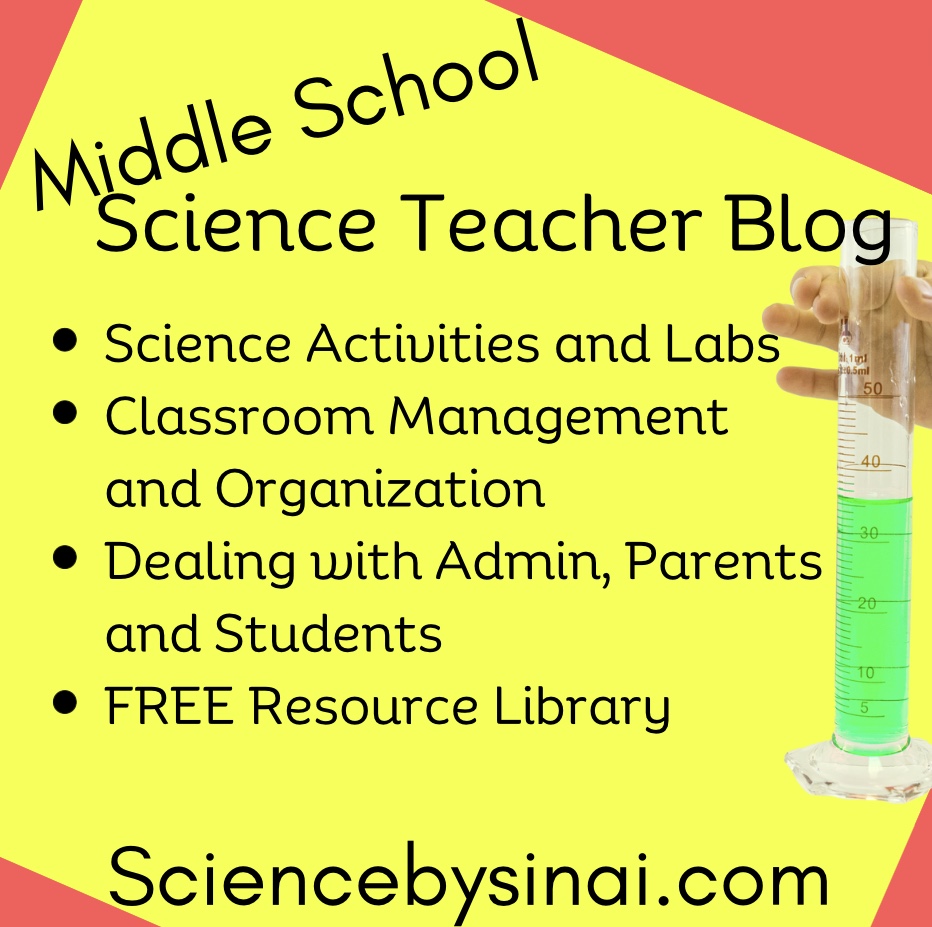
What are CER Image Prompts?
I use lots of CER science image prompts, but the basic premise is the same for all of them. The students are given an image to analyze with a question related to it. They are laid out as a graphic organizers with sections for the claim, evidence and reasoning information. There is a second slide that has the same image with a larger space for the final CER paragraph. I have them available in life, physical, chemical or earth science with a lot of general science prompts as well.
How I Use The CER Science Image Prompts as Bell Ringers
As my students enter my classroom, I either project one of the image prompts or I send it to their iPads. Sometimes I choose the image based on the unit we are working on, but I quite often jump into something unrelated to spice things up. For the first few weeks of school, I let students work in pairs until the understanding of CER is in place.
At the beginning of class, I generally allow about six minutes to analyze the photo, make a claim, gather some evidence, and then do some brief reasoning. If the image is pertinent to what we’re talking about that day, I use it as part of my lesson. Otherwise, they save it in their notebook and I look at them later.
Making a Claim
As the students view the image, they use the question, that I have posed about the image, to formulate their claim. I find the diversity of student claims to be fascinating as the they approach it from their unique perspectives. There have been many, many times where a student will interpret an image differently than I initially had thought they would!
Let’s use an example of how students use a CER science prompt.
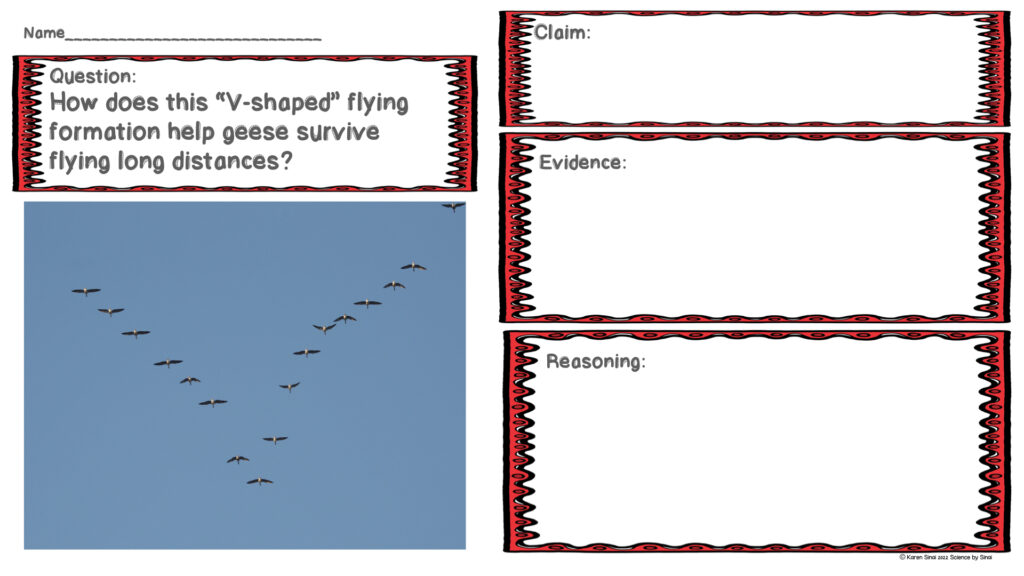
“How does this V-shaped flying formation help geese survive flying long distances?”
The claim may simply be a rearrangement of the question given. For example, an example question may be “the V-shaped flying formation, observed in geese, helps them survive flying long distances.”
Students Gather Evidence
Students can bring their claim to life by collecting information from the three potential sources.
- Students can use their previous reservoir of knowledge. The students have such diverse backgrounds and interests!
- Evidence could be from our current unit that we are exploring.
- Gathering evidence could involve some brief research. The goal is to have students understand how their knowledge intertwines with the real world.
I dislike teaching isolated facts. I love the “lightbulb” that you see go off when students make connections to their previous knowledge!
In the example of the geese, students may gather evidence such as it is more energy efficient for the birds when they fly in the V pattern. When they fly in a V shape, it reduces air resistance on each bird’s wings. As a bird flies, it creates an uplift for the bird behind it. This allows each bird to burn less energy. Students may learn that the geese often change leaders to give breaks.
Some more evidence may be that the V pattern is involved in helping them to navigate. Geese have very good eyesight, and the V formation provides a clear line of sight for each bird to the leader at the front. This helps each bird maintain its course and reduces its chance of being lost during long migrations.
A third piece of evidence can be communication and social bonding. When geese fly in a V formation, rather than a long straight line, it allows them to communicate with each other more easily. They speak through honks and other noises to pass on information about a threat or food sources.
Writing Reasoning Paragraphs
Now that the students have a claim, and some evidence in hand, they move on to construct reasoning paragraphs. Students might need a little bit more initial help at the beginning of the year. It takes a while for them to learn how to explain WHY their evidence supports the claim. I have quite often found that they need to go back and find more evidence because they don’t have enough to support their claim.
“The evidence supports the claim that the V-shaped flying formation of geese helps their survival during long-distance flights. First, the energy efficient formation reduces the physical strain on individual birds, allowing them to endure extended flights without exhaustion. Second, the clear line of sight during navigation helps the geese stay on course, increasing their chances of reaching their destination. Lastly, the formation allows effective communication and social bonding among the flock members. Together, these factors demonstrate that the V-shaped flying formation is an adaptation that enhances the survival chances of geese during long journeys.”
Writing a Summary CER Paragraph
On all of my CER image prompts, I’ve included an area to pull together an entire CER paragraph that incorporates their claim, evidence, and reasoning in a well written passage. Whereas I do not mind students using phrases and bullet points for their evidence and reasoning sections, I want this paragraph to be a concise, organized writing assignment. As stated previously, this takes some practice.
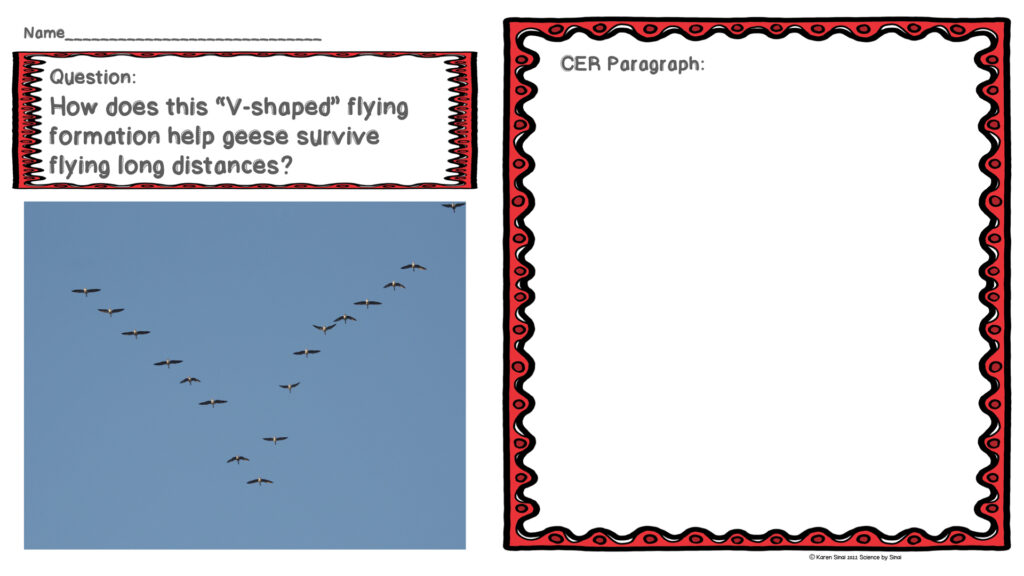
Those of you who have taught the scientific method for many years know that when students write up a lab report, the hardest part is the conclusion section. Being able to pull together, understand and analyze is NOT an innate ability that comes to every student. If I do use the scientific method during a lab or require a lab report, I ask students to use CER to do the conclusion section.
An example of a CER paragraph for our geese example:
The V-shaped, flying formation observed in geese, is a crucial adaptation that helps increase their survival chances during long-distance flights. This is supported by three key pieces of evidence. Firstly, the formation’s energy efficiency redu the individual energy use of each bird which allows them to survive longer. Secondly, the V-shape provides a clear line of sight to the leader, reducing the risk of individuals getting lost. Lastly, the formation shape allows communication and social bonding among the flock. This exchange of important information can help the whole flock survive. Together, these factors demonstrate that the V-shaped flying formation is an essential adaptation that significantly improves the survival chances of geese during their long distance migrations.
CER Activity Choices
As you move through your science units, always keep your eye out for good CER analysis opportunities. You may find a news story, a weather page, a magazine photo or a short video clip for students to break down into Claim, Evidence and reasoning. Please check out my store at Science by Sinai on Teachers Pay Teachers for many CER resources.


